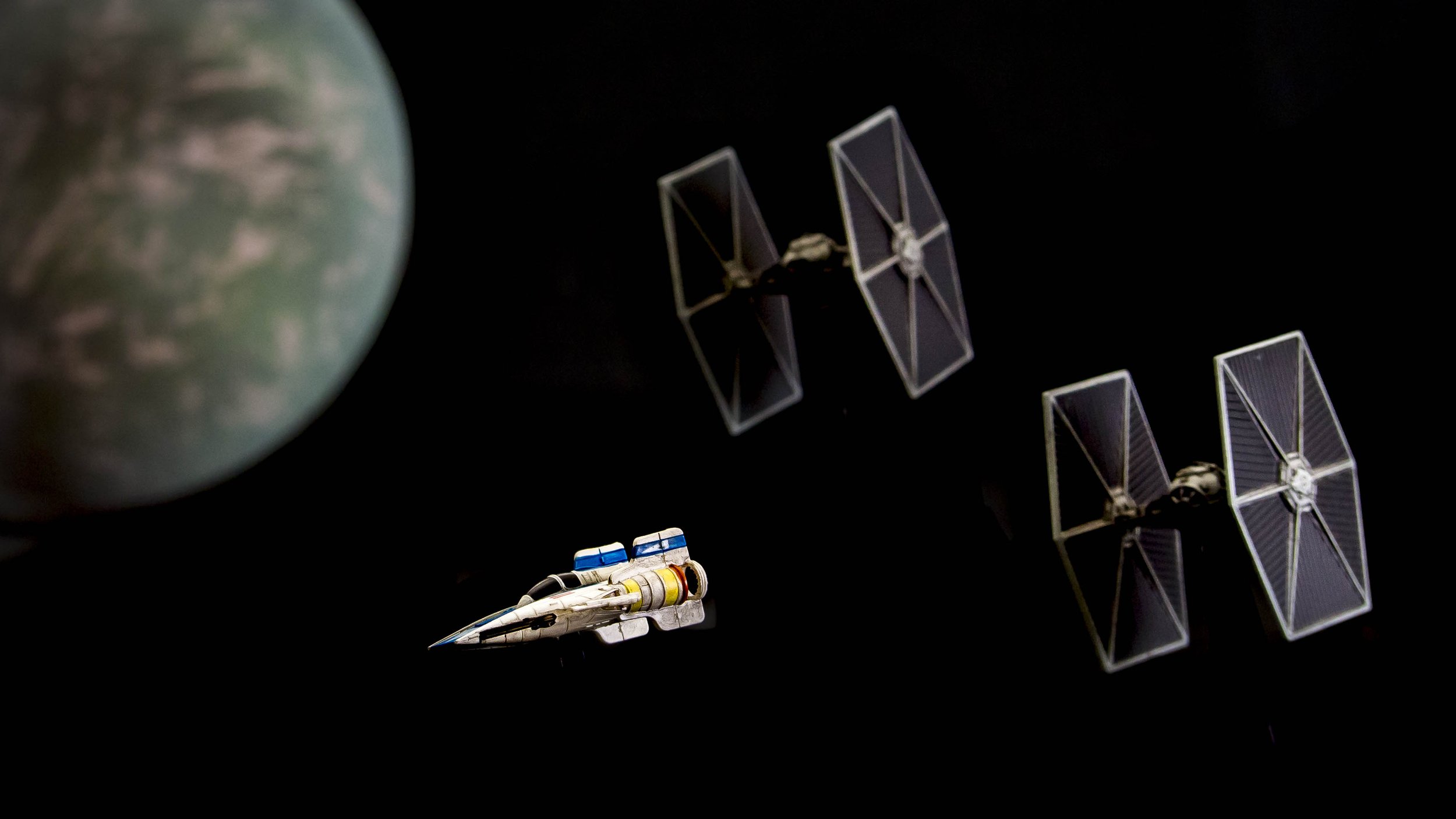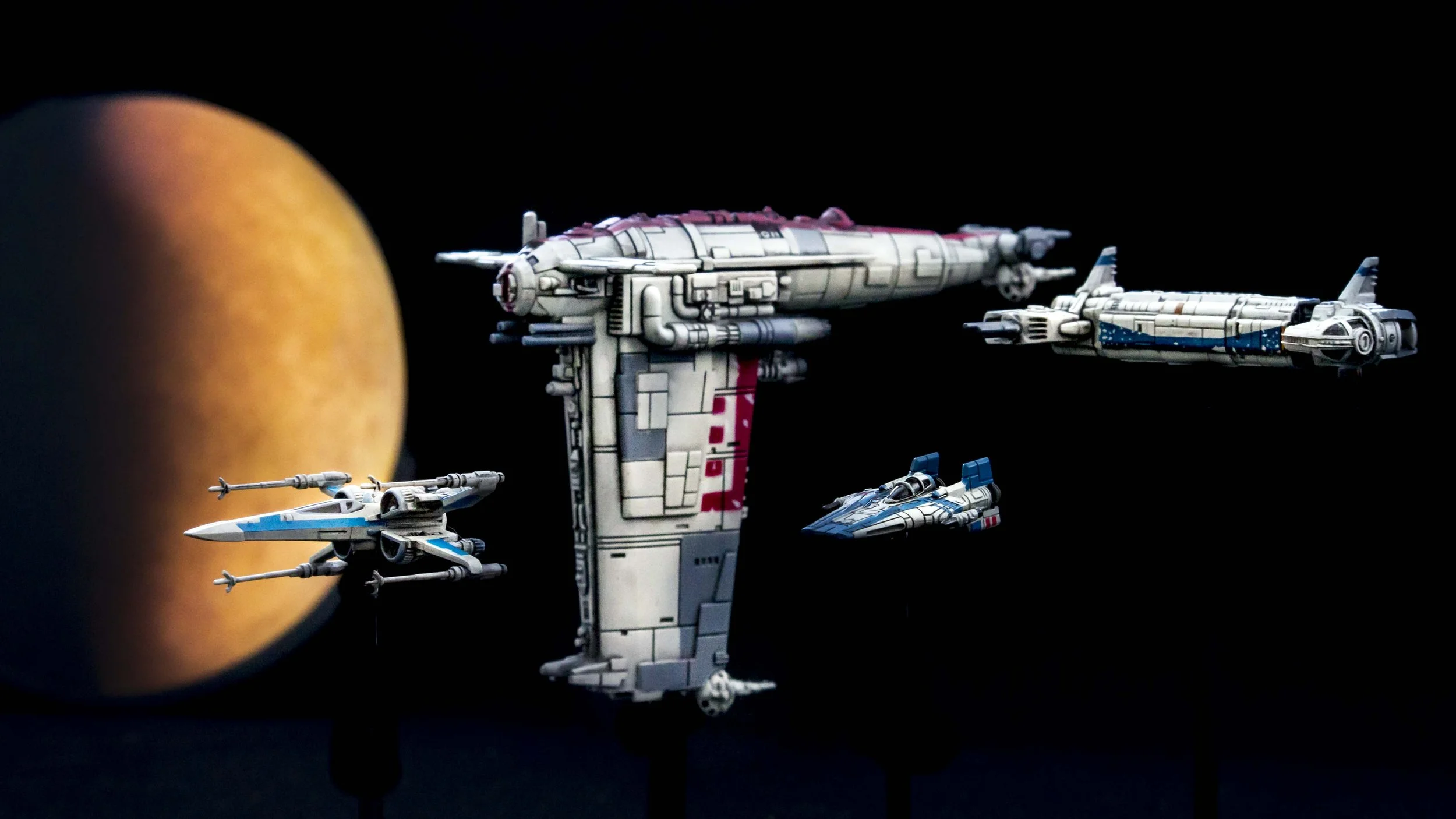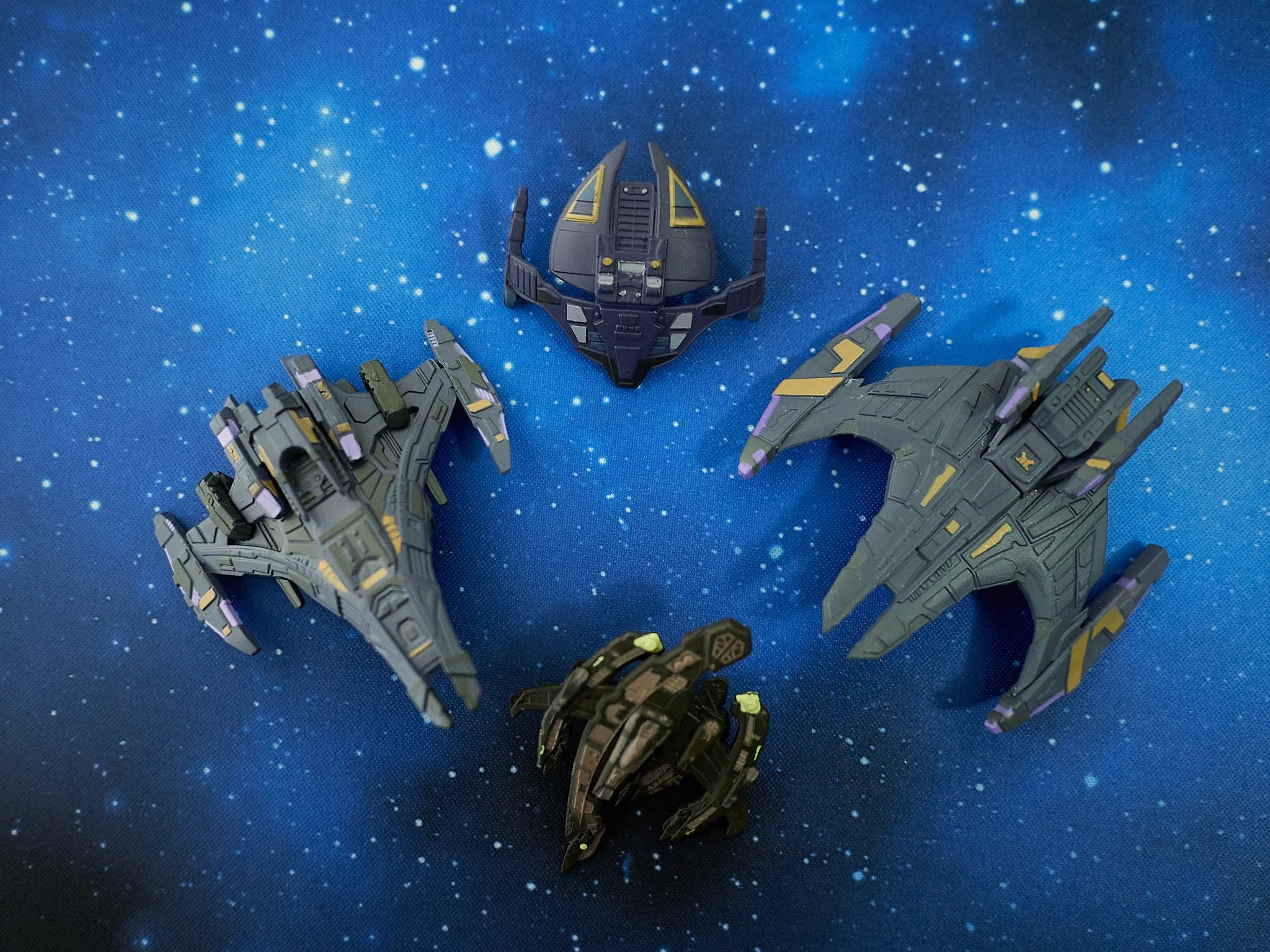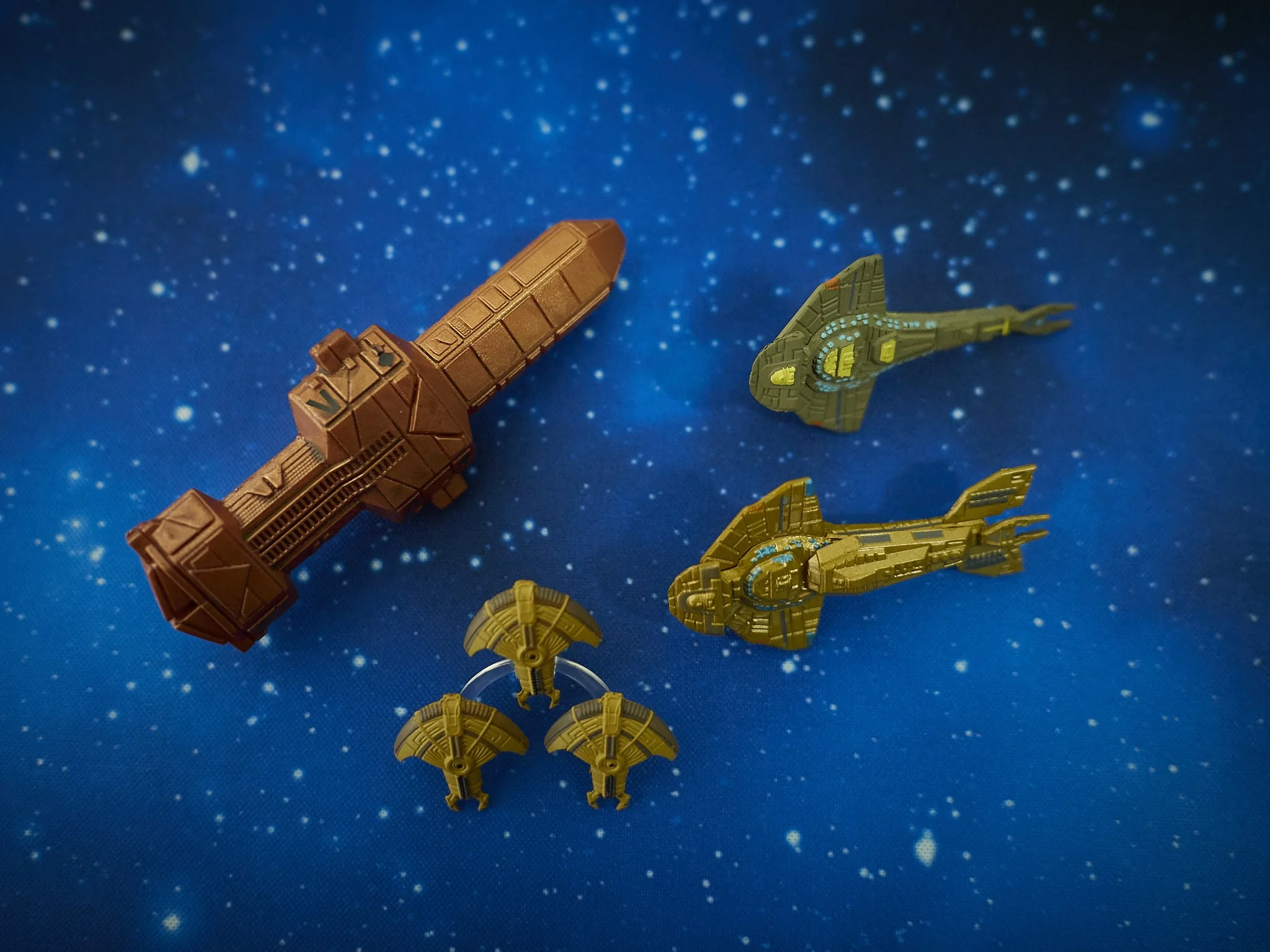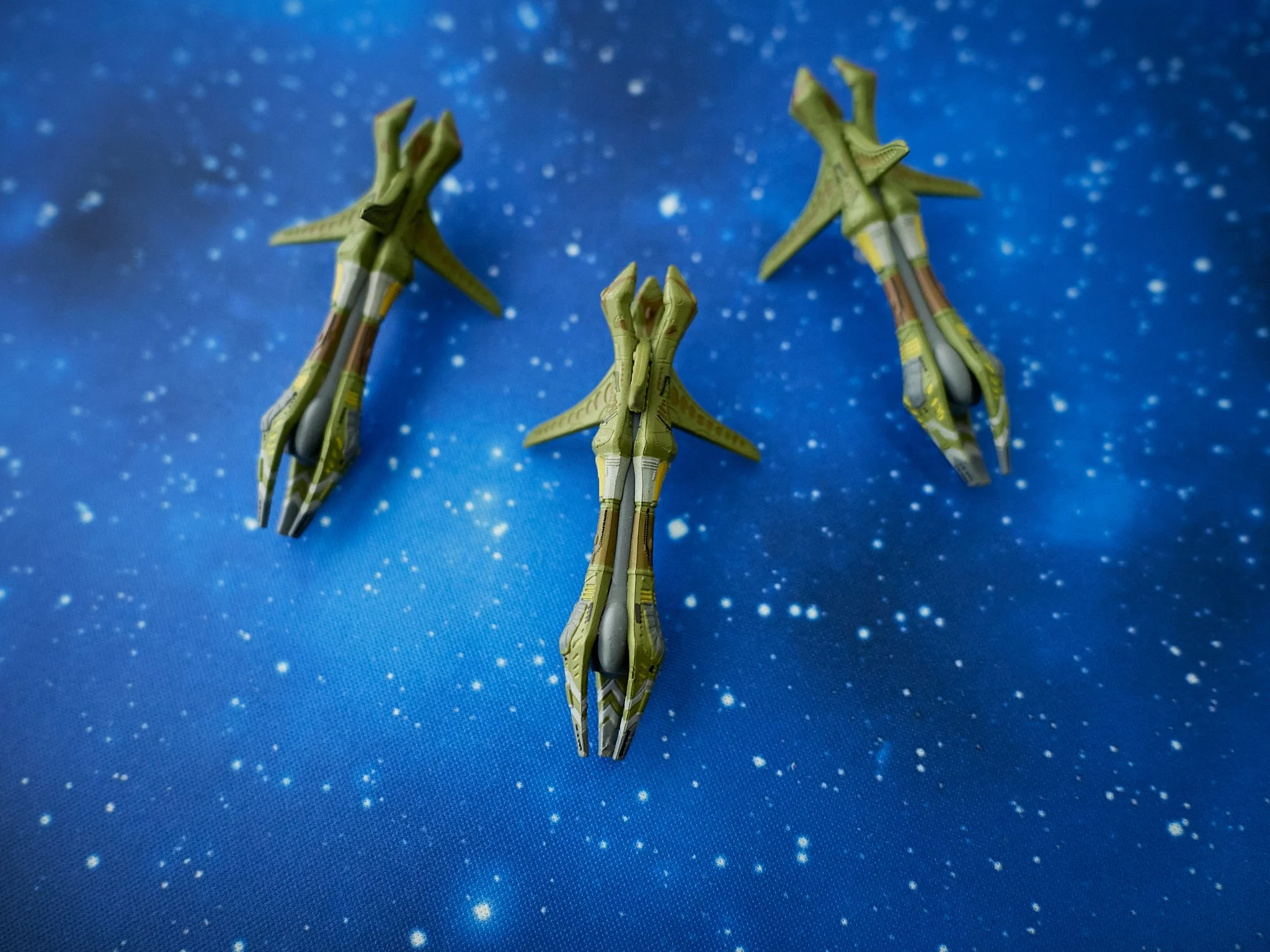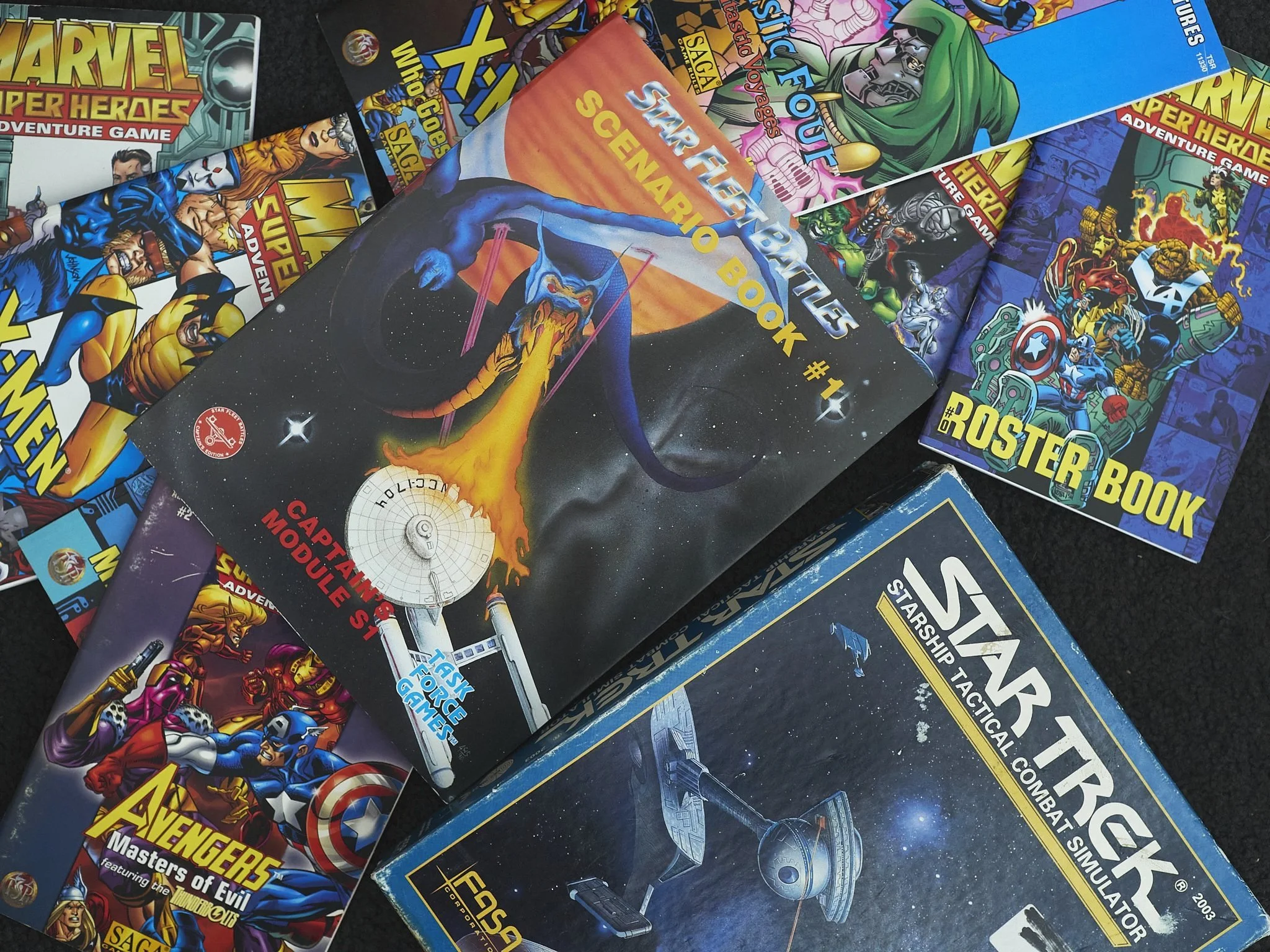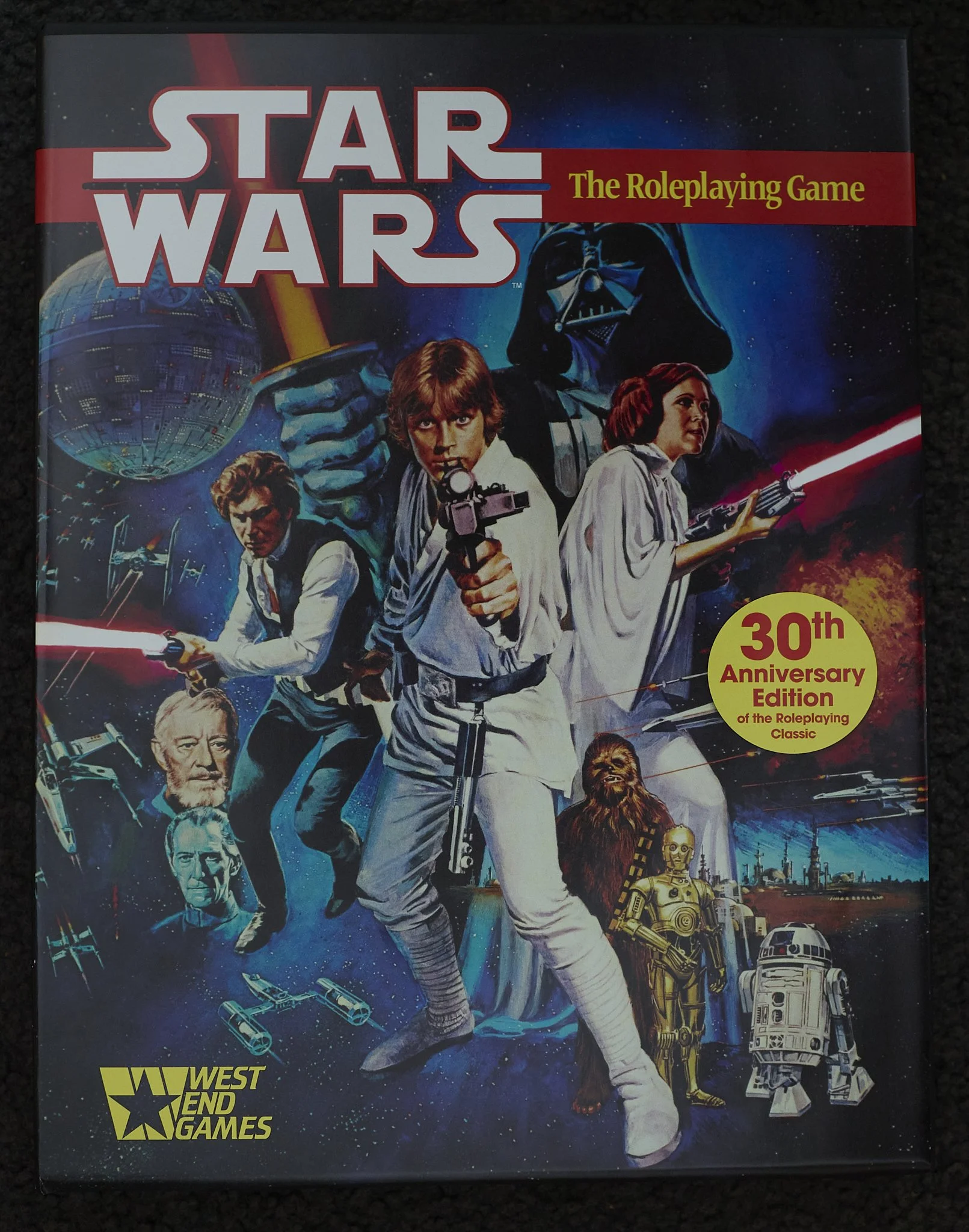The simple answer to this is probably “not much to say or see”.
The last year or 18 months has been a very low point in this hobby for me, but has also had some expansion, some of which added to that low point feeling, some still excites.
The good.
I discovered the true value of the Cthulhu based RPG Delta Green and built up an impressive collection. I appreciate the one edition consistency and all things in print at once dynamic here. Sick of chasing hard to get bits of systems in flux (see below-several times). I could have gone just hard cover books, which would have been neat, but ended up with the soft covers for most adventures as they were easier to hunt down.
Never liked the covers, but bought the first book years ago. On further investigation and thanks to it constantly coming up as a D100 pearl, I jumped in and dozens of books later have broken its back.
Delta came from a d100/Call of Cthulhu binge that netted me a good chunk of 7e, a few more for earlier editions of CoC that were missing and a “tidy up” of my Mythras/Legend and BRP collections (Destined, Luther Arkright, Deus Vult etc).
The thing about Cthulhu is, the bulk of the game is scenario books and campaigns. No other system has this 5%/95% dynamic.
One system to rule them all.
These types of products coming together are exciting.
Warhammer FRPG 4e was a nightmare three years in the making, but is over as of just a few days ago with additions late in the game I did not even see coming. Apart from breaking my golden rule of avoiding big, glossy, often flawed or soon to be out of date systems, it is overly complicated and smacks of all things “obsessive-compulsive” in me, but after a lot of waiting and a slimly avoided negative experience at the end of it all, I now have the full “Enemy Within” campaign, with some support adventures.
The last module is still shrink wrapped! Something always missing from these re-makes is the reality that the teenager who bought the original in the gritty early days of the hobby is not the person buying the new version, so they miss on two counts, the nostalgia and the nostalgic. I find the game has elements of the feeling I originally felt, but it is too rules laboured and I would rather cheaper printing with no omissions.
This was something I missed the first time around in 1-2e (1980’s) and combined with the annoyingly required rules fixes (no shields, combat advantage, magic balance, a lack of monsters etc) in the new books, it now feels complete.
Happy?
Way past caring to be honest, but I am sure it will sink in.
Other RPG’s have been a mixed bag. The One Ring, almost complete at time of its sudden ending is being kept as source materiel for a D100 conversion (actually really easy to do), as is my perfect Mouse Guard set. I will not be chasing the new version of TOR.
Another stalled project, the Savage World-Pathfinder blend, is also finally finished. Excitement turned into a “could care less” wait for the last book, but it has potential.
This is a perfect melding of Savage Worlds (faded with me otherwise), some old DnD 3/4e counters, maps and battle mats and a more approachable form of the standard DnD game. A bit like 13th Age, it is more aligned to my take on the world’s oldest RPG.
The Zweihander series are nice to finally have, but faded pretty quickly. The fact is, in this family of games, the flawed Warhammer 1e is still my favourite.
Star Wars Destiny was a real brain fade. Way too much money and time spent chasing this F#%&ed up idea, but a symptom of my too much money, not enough time period early in the year. Compensating for lost time with over spends is a thing, watch out for it.
Turns out, after shedding unwanted excess, I have a decent set, enough to split it into three defined periods, cover most characters (with 2 dice) and their supports. Not perfect, but close enough.
Apart from the cheap boxed sets and blister packs, I chased a couple of Vader cards and paid too much, but I got sick of losing out at the roulette game of opening boxes of blisters and adding to the waste. As of now, I have about 100 redundant cards and twenty or so Dice (less than 10%), so not too bad and apart from Vader, the spread of cards was fair.
It really reminded me the futility of chasing games based on blister boxes for rare cards, the over inflated second hand market this creates and why I sometimes hate the way this hobby is going.
The switch from games room to photo studio was dumb, but needed to be done at the time. The reality is, this type of studio thing needs to be portable, or don’t bother. Switching the room back, de-commissioning my old desktop Mac and converting the space into a bigger and improved painting area, then re-designing my games table (modular and removable), all resulted in a feeling of things coming right again after a long period of feeling a bit lost. Ironically, the photo studio is still possible, in the games room.
The fact is, my mental state is always healthier when I can bounce from one hobby to another as the mood takes me. Being locked into a “photography only as job, hobby and release” was just not cutting it. I need family, pets, exercise, music, painting, gaming in several forms and photo/video to feel settled, not just one above all.
I cannot remember the last time image making felt fresh*.
Board games have been mixed.
Meg and I used to play a lot, but lost the bug sometime between losing interest in Star Trek Catan and flogging 7 Wonders Duel to death. We fixed the coin issue for that and any other game by hoarding 500, 1 Yen coins from our trips (a forgotten resource). These are theme agnostic, light, cheap (less than 1c au each) and have little other use.
I would love to get her into Unmatched and hope to entice her via the excellent “Tales To Amaze” expansion as a team-up game (she liked Pandemic), that is not only clever and straight forward, but so far unbeaten.
This one keeps giving, pre-orders coming through quickly and the quality does not waver.
I intend to clear out and consolidate then concentrate on the games types, or more the specific games I like.
These include historical minis, some board games and reduced collections of TT mini games like some X Wing etc. Attack Wing has already has a massive cull and I like it more for that, Destiny will be split with a friend, for both our benefits.
*Ed. This was a long lost post (September), interesting in hindsight, but it seems leaving the paper has re-invigorated my other interests and yes, image making does feel fresh.








